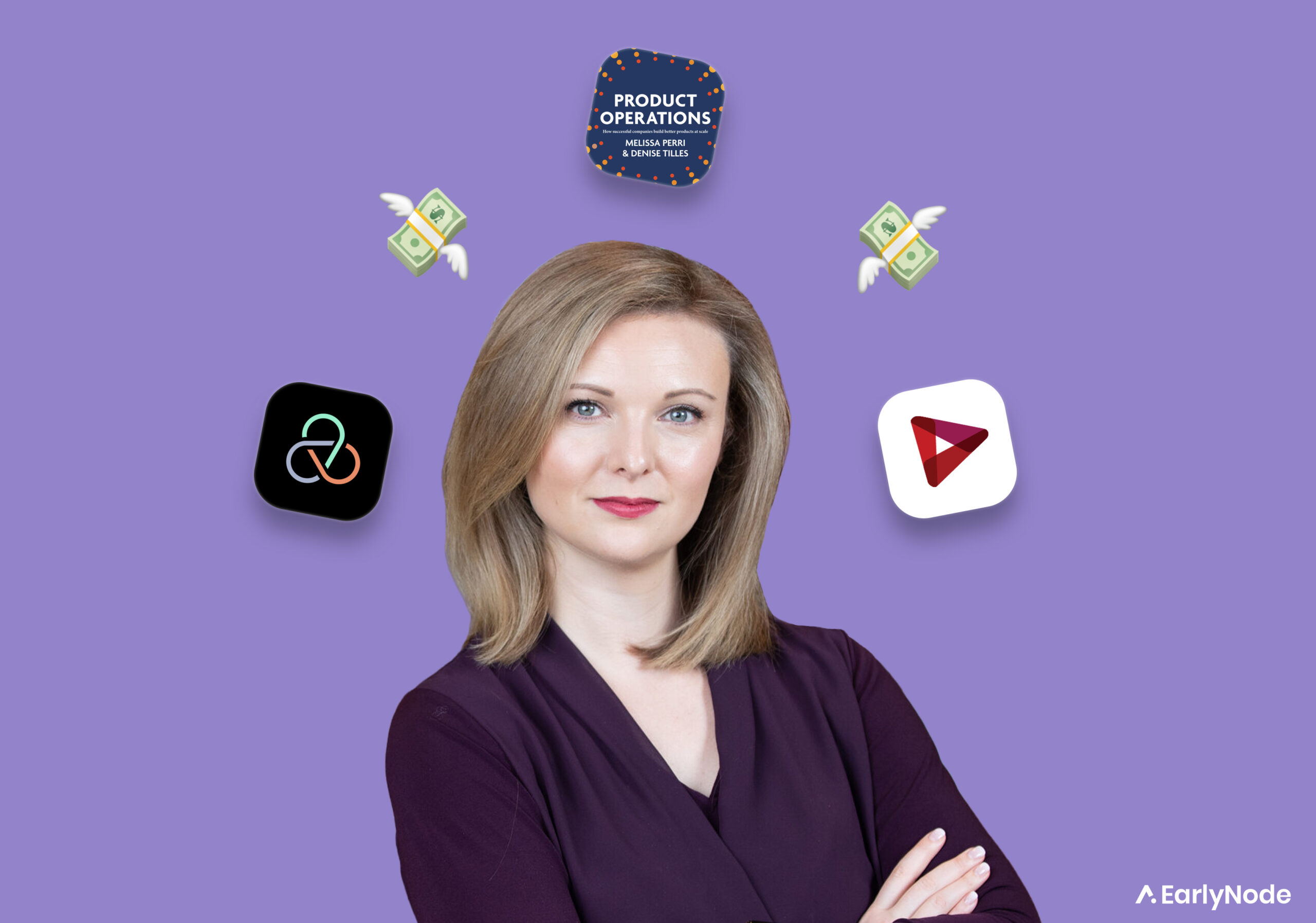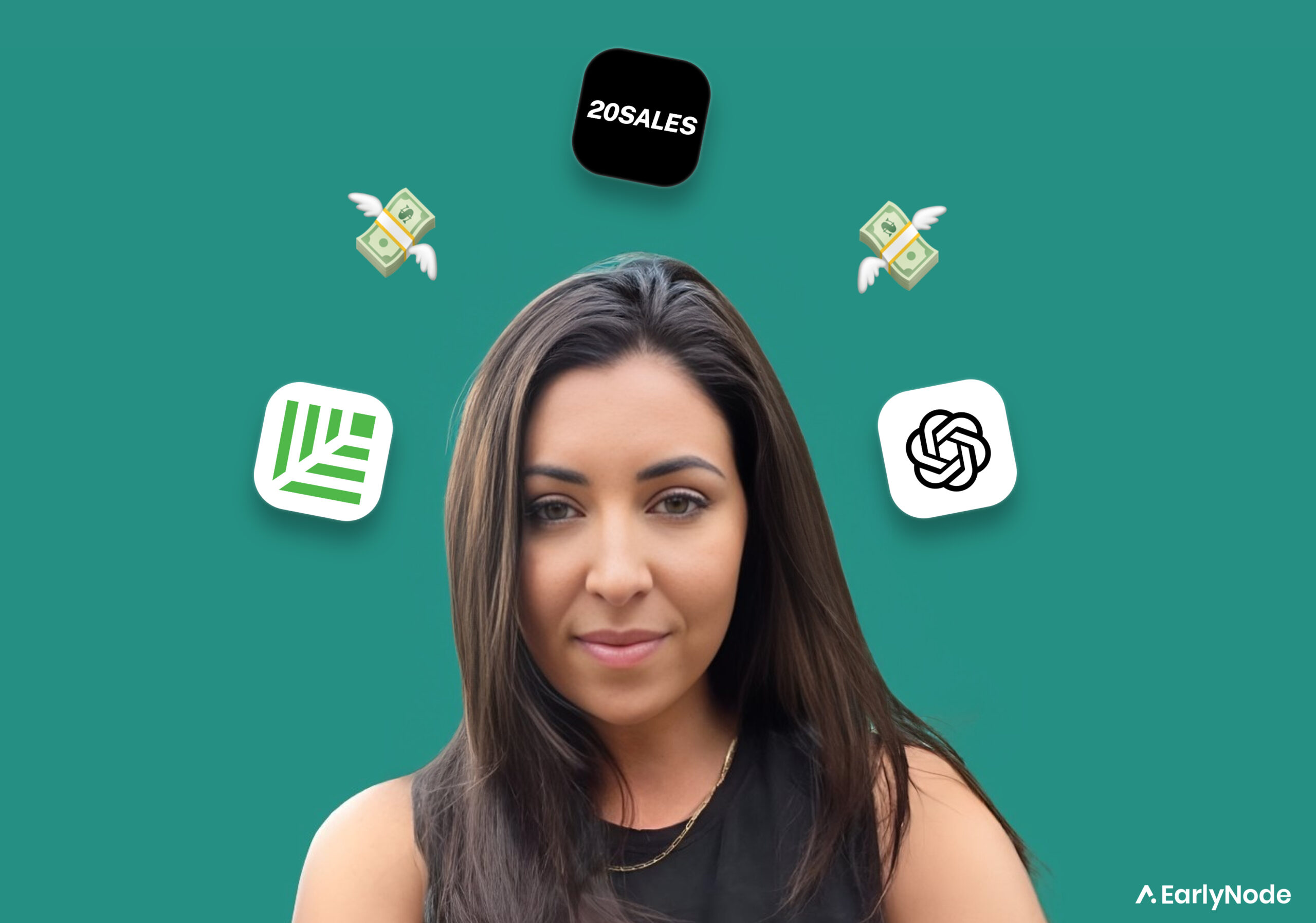Billion-dollar Product Management Secrets by Des Traynor
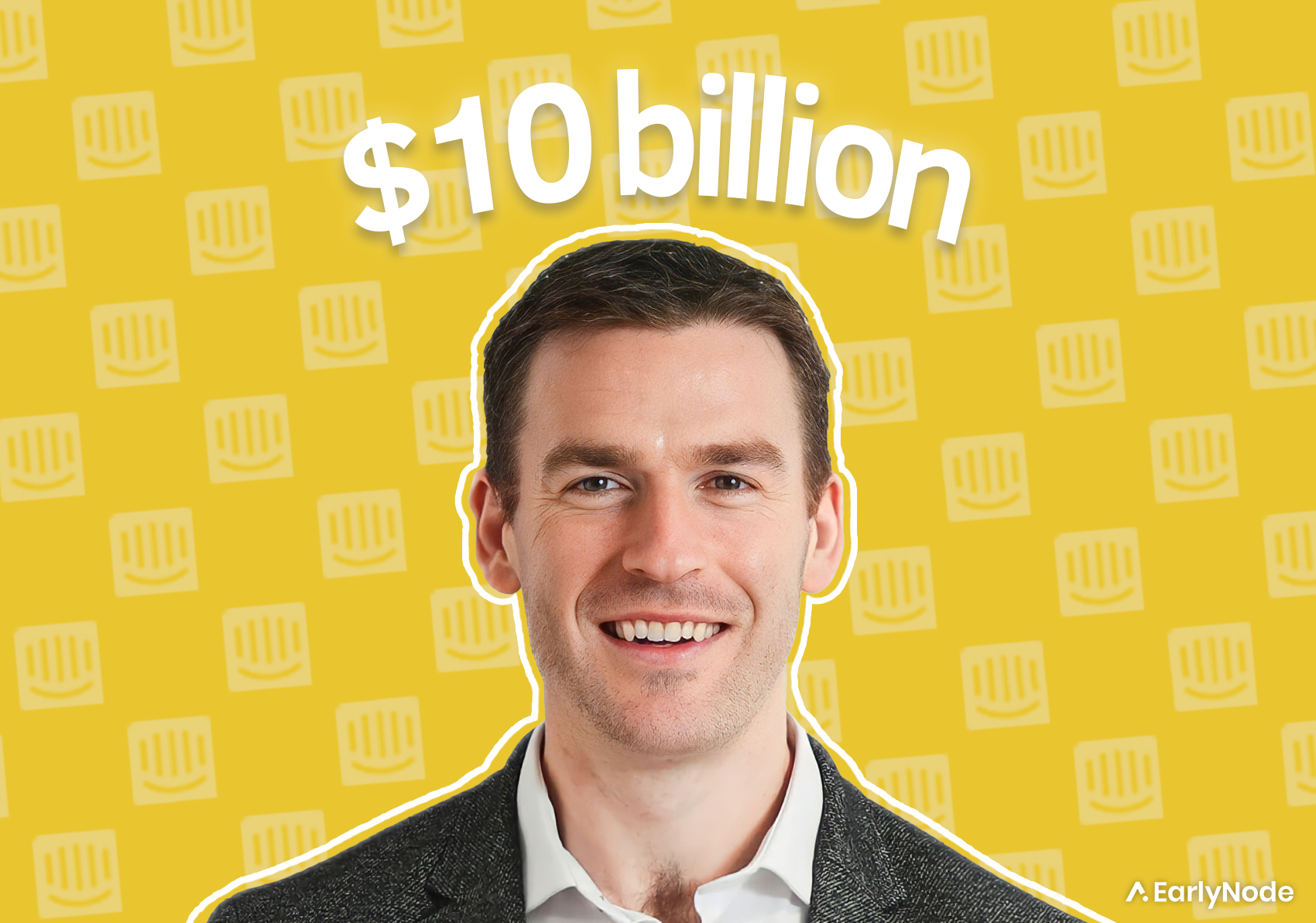
Des Traynor is one of the best product thinkers in SaaS. He is the co-founder and product brain behind Intercom. Since it launched in 2011, Intercom has exploded, reaching over 30,000 customers and raising a whopping $240 million in funding. It was last valued at nearly $10 billion.
In this week’s newsletter, we dug up the strategies Des used to turn Intercom into a billion-dollar company.
In The SaaS Operator newsletter from 16 May 2023, you’ll learn:
- Why saying “NO” is at the core of a great product strategy.
- The Scopi-locks principle: how to build a product that’s just right.
- The 3-question test that reveals whether a feature is worth building.
Great product strategy means saying NO
In some ways, building and launching the first version of your product is the easy part. The hard part comes when you start gaining traction. Suddenly, everybody starts pressuring you to add “just one more little feature” that will “solve all their problems”.
This is where founders make their first big mistake. A lot of founders and PMs give in to the pressure at some point and risk building a “product monster”.
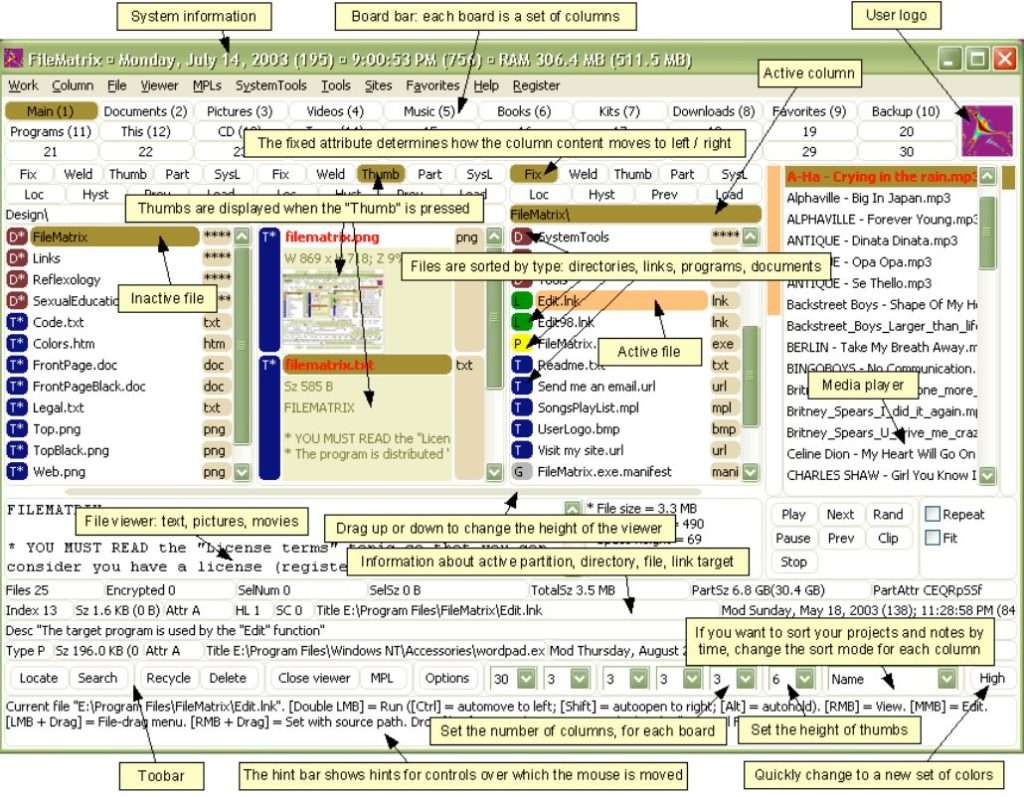
But Des Traynor says great product management is about saying NO to most feature requests. “Not ‘maybe’ or ‘later’. The only word is no.”
Here’s why 
There’s a fine line separating a good product manager from a great one. It’s the discipline to say “no” even to very good ideas. Good product managers give in to the pressure to say “yes” to every good idea and end up building a product monster  .
.
A great product manager, on the other hand, has no problem rejecting 99 good ideas if it allows them to build 1 brilliant feature.
You can apply this mindset to existing features too. For example, if a feature’s usage is low, there are only 2 options: find ways to increase its usage or take it out of the product.
But it’s tough to reject features when there are so many tempting reasons to build or keep them.
The 7 Feature-Building Sins
Here are 7 BAD reasons to build or keep a feature:
- It’s easy to build: Just because the feature seems like a quick and easy project doesn’t mean you should build it. Those features need maintenance, which takes up resources too.
- Customer blackmail: You know that big customer who threatens to leave if you don’t add a feature they want? It’s better to lose their revenue than for them to dictate your product vision and strategy and risk building a product that sucks long-term.
- You can make it optional: Making those features optional leaves you with a messy interface and makes your product lose its identity.
- “3 people said that last week in our support chat”: Don’t be fooled by recency bias. Rely on proper research and data. Just because you heard it many times last week doesn’t mean it’s the biggest pain for your entire user base.
- Let’s keep ‘em busy: Sometimes you get stuck on the way forward. It’s tempting to rush your idle engineers to build the next feature to justify their huge salaries and keep them busy. But use that downtime to clear some technical debt which will give you a solid foundation, instead of building a feature that will likely die due to low adaption anyway.
- Copycat trap: Don’t be obsessed with what your competitors have (or might build soon). Focus on what’s best for your product.
- FOMO: The fact that everybody is jumping on the AI train doesn’t necessarily mean you should too. Don’t be scared of missing out on a new trend. The question is, does it actually make your product better?
Basically, what Des means is that, if you want to build a really great product, you have to be willing to make some tough choices.
“There have to be a thousand No’s for every Yes in product development.” – Steve Jobs
When to say YES
So now you know which bullets to dodge. But what the heck should you build? Here’s what Des has to say:
Start with the vision
Before you start weighing up specific features, you need to have a clear vision that your whole organization can focus on.
For example, Intercom’s vision is “to bring a Messenger-first, personal experience, to all customer and business communication.”
Des shares a quote from Intercom’s COO: “Build what you sell and sell what you build.”
If the product and brand have a common vision, it’ll be easier for the whole team to get aligned and stay that way. If you can do that, you’ll be on the right track!





 The 3-question test
The 3-question test
There are 3 things you need to ask about a feature to decide if you should build it.
- Feasibility: Can it be done?
- Viability: Can it make money?
- Desirability: Does anyone want it?
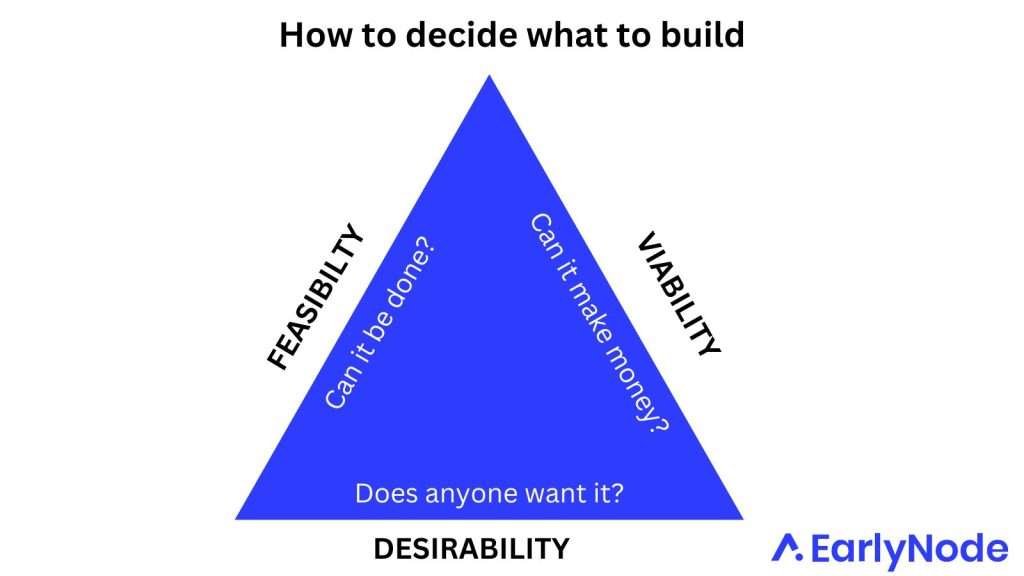
The answer to all 3 questions must be “yes”. 2 out of 3 isn’t enough.
The features that pass the 3-question test must also solve a big problem that happens frequently.

For example, transactional, impersonal customer communication, like sending out no-reply@acme.com emails, is a big problem that is destroying the human relationships between a company and its customers. And it happens often. That’s a problem that Intercom solves.
In short: Target big, frequent problems. Avoid solving small, rare problems.
The Scopi-locks principle
This principle applies to building new products and product lines, rather than new features. It’s a spin-off of the Goldilocks fairytale. In the story, Goldilocks tries out the Bears’ beds. One was too big, another too small, but she found the bed that was “just right” for her.
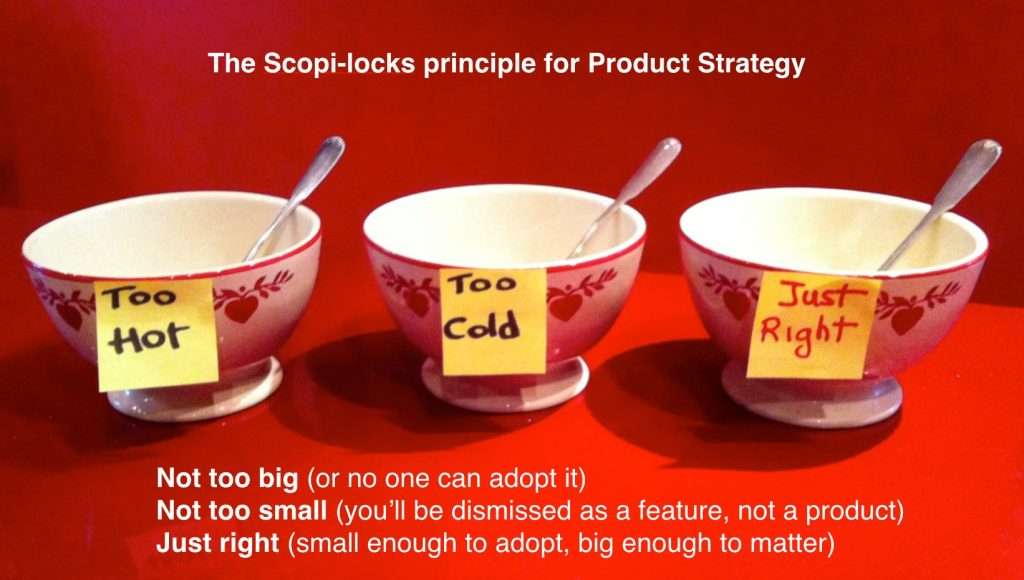
In the same way, according to Des, don’t build a product that’s too big or too small. If it’s too big or complex, nobody will adopt it. If it’s too small, everyone will see it as just a feature, and not worth adopting. It should be just right so that it’s worth adopting and solves a sizeable pain point.
Have a revenue hypothesis
“You need to turn cash into code, and then turn that code into cash”– Des Traynor
Des is a product guy who keeps an eye on the business aspect of product decisions. He’s always thinking, “How is this feature we’re building going to make us money?”.
Des calls it a “revenue hypothesis”.
It’s important to understand the connection between the feature you’re building and its long-term impact on the bottom line.
So does the next feature on your roadmap really help you to:
- make your product more viral,
- sweeten the sales pitch,
- drive upsells,
- or reduce churn?
If not, then it might be time to practice saying NO.
Who should we cover next? If you have a SaaS expert in mind, let us know by sending us an email at saas@earlynode.com.
